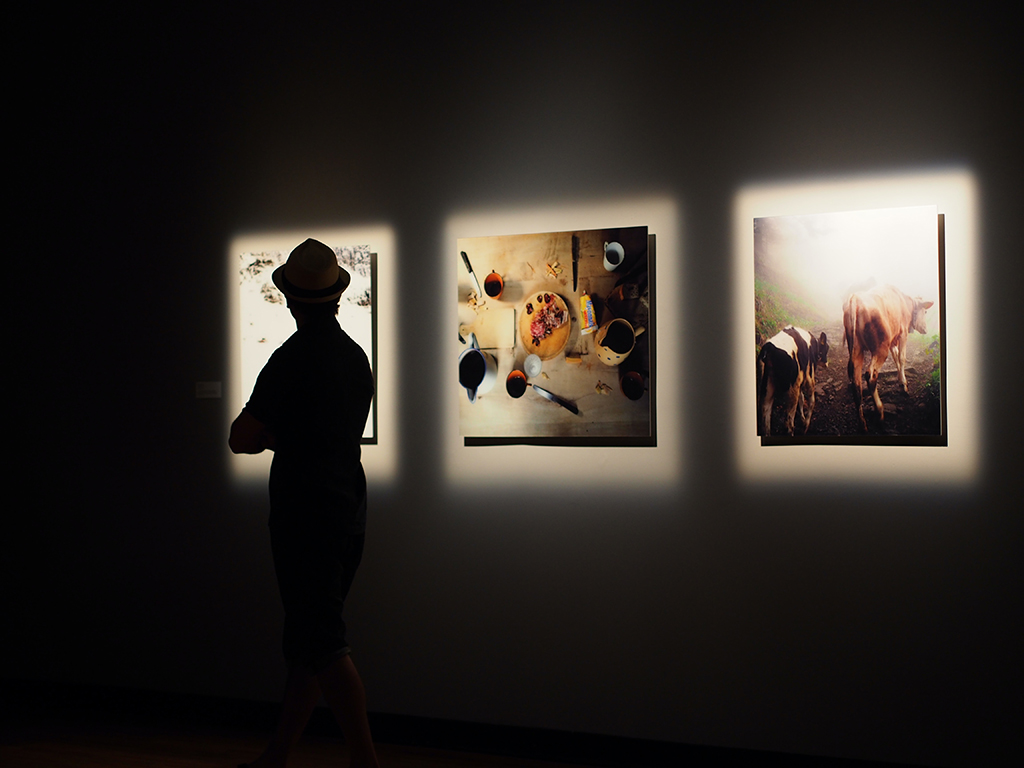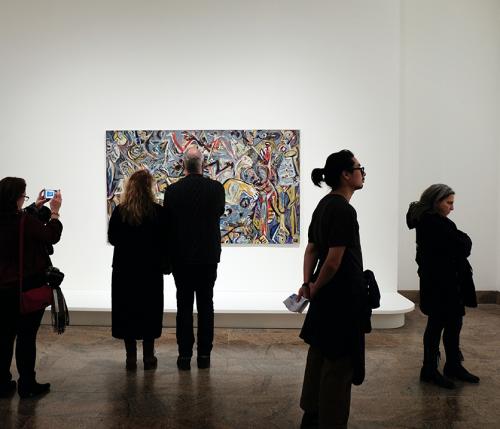Have you dreamed of opening your own gallery space for years? Now's your chance! With the guide below, you can establish your own creative space and grow your creative community on your own terms.
Study the market
It may be true that art is your passion. Yet, it's simultaneously true that opening an art gallery is not only your opportunity to take action on that passion but the beginning of a business.
This said, you'll need to put in the time to research the market. Get to know your target audience in the area you're considering for your gallery.
What is the demand? What are the price points your clients and customers are willing to accept for submissions, entry, and purchasing prints (in official business terms, their "willingness to buy" or WTB)?
This may entail conducting surveys engaging artists and art enthusiasts to give you a sense of what people feel in your locale. Additionally, you should take some time to get to know the city and determine where established art galleries are, if any.
If there are existing galleries in town, consider what yours may bring to the table. Will your exhibitions offer a new cultural perspective that the others don't provide? Or is the market too saturated in that location, perhaps necessitating your reconsideration of the desired site?
Lastly, you'll have to consider the commercial real estate market dynamics, too. Decide whether you prefer to buy or rent the gallery space and shop around for prices. (Your gallery won't be profitable if you can't afford the monthly rent!)
Just make sure you don't choose a space that's too far from your target audience. Look for a good balance between a bargain rental and one that is near or in the heart of your prospective customers' geographic location.
Setting up a temporary art gallery space
Not everyone wants to open up a permanent establishment. Sometimes, a temporary exhibition is more appropriate for your style and goals. If this is the case for you, it's best to look for gallery spaces that you can rent short-term.
This can also be an excellent course of action for those who are unsure of the specific type of gallery space they want long-term. Short-term rentals are also great for providing opportunities to fundraise for a permanent space in the future.
If you choose to go this route, make sure to select a space that makes a lasting impression on collectors.
It's best to choose a venue with an open floor plan, so purveyors and artists can walk freely among the pieces. Spaces with Art Deco and Bohemian interior décor are very popular for this purpose. Industrial warehouses are an excellent choice for larger events.
How to Open an Art Gallery
If art is your passion, here's the guide that's right for you
Lay out a business plan
Again, your art gallery is a business, and you must treat it as such. Opening up a gallery space is an investment, one that you must be sure will pay off. Otherwise, your exhibition will not be viable.
The first thing you'll need to determine when putting together your business plan is how exactly you're going to make money. Of course, the most straightforward way is to sell prints. This is why so many gallery owners emphasize the establishment of a loyal customer base ASAP.
In this industry, you need loyal repeat buyers. They are the lifeblood of your business. This doesn't mean that you should ignore everyone else.
However, the more you cater to your core consumers, the more rapidly word will spread about the gallery's quality and your passion for your work.
Plus, as your business grows by selling and attracting active buyers, more artists will be interested in displaying their work at your venue. All this will ultimately work to grow your influence and network in your community.
Another way to make money in an art gallery space is by hosting exhibition events and selling tickets.
The only catch is that this type of business venture is best left until you've established some authority and trust in your community.
That way, visitors and artists can be confident that they'll have a positive experience or get some sort of return when buying access to the event, either for viewing or displaying their work.
In all you do, make sure you stick to a solid theme. Casual and experienced collectors alike can easily become distracted and confused if there are too many aesthetics present in a single gallery. Find your style and maintain it — this will making establishing your niche much easier.
Plan for opening night
Now that you've got all the major details worked out, it's time to open your gallery! By this time, you should have worked out the overhead costs of renting the space. Yet, you may not have acquired your permits quite yet.
So, before you open your doors and officially commence business, make sure to check your state's requirements for legal operation. Most states will require you to have a seller's permit in order to collect the taxes from the sales of your goods and services.
Check the U.S. Small Business Administration website to verify whether you've got the right documentation leading up to the opening night.
Remember that you can't collect any payments without a business account. Open up a bank account or credit card for your gallery and secure insurance to set your operations in motion. Then you can relax and start focusing on the fun stuff, like the venue.
If you've chosen to set up a temporary gallery instead, some of the best venues for a gallery space in Los Angeles include:
● The Lazarus Experience
● voila! Creative Studio
Open your dream gallery
Opening an art gallery space is hard work. Yet, with proper planning, you can welcome new artists and collectors without a worry.
Use this guide to lay out your gallery's logistics and select the perfect venue to display priceless artwork and network with fellow creatives.




 Workspace Design Show: 2024 UK Edition
Workspace Design Show: 2024 UK Edition  Open-air elegance: Claudio Bellini x Higold, the symphony of outdoor design
Open-air elegance: Claudio Bellini x Higold, the symphony of outdoor design  A stylish oasis for outdoor spaces
A stylish oasis for outdoor spaces  How to capture your property's best features
How to capture your property's best features